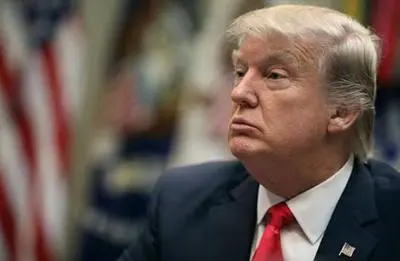The midpoint rate of the yuan hit a new high of 6.4997 on Monday, breaking the 6.5 mark against the US dollar for the first time since May last year.
The 11-day run is the Chinese currency’s strongest performance since 2005, and has caught the attention of global media, as analysts look at what lies behind the yuan’s growth and whether or not it can be sustained.
‘Rally could have further to go’
The South China Morning Post cited several experts who are backing the Chinese currency to continue its current performance, particularly against the backdrop of continued US dollar weakness.
Piling up: How much longer can the yuan's rise go on for?
Lukman Otunuga, a research analyst at FXTM, told the paper, “As the trading month of September gets underway, dollar vulnerability is likely to remain a dominant theme. Political instability in Washington and fading rate hike expectations will weigh heavily on the currency.”
The same article quoted Desmond Soon, head of investment management in Asia for Legg Mason, who said, “The Chinese yuan should remain relatively firm on a trade-weighted basis over the next six months, buffeted by China’s large trade surpluses, relatively high economic growth, and interest differentials to other currencies in developed economies.”
‘…ironically, the Trump presidency has been helping China’
Since his inauguration, Donald Trump’s presidency has seen the US dollar slump more than 10 percent. With the yuan up and the dollar down, The Financial Times has inevitably compared the Chinese and US economies.
In an opinion piece entitled “China is leaving Donald Trump’s America behind” (September 10), Michael Moritz wrote, “A week in China is enough to persuade anyone that the world has spun back to front…the recognition of the benefits of stability, purpose and enterprise are flourishing in China at the very time that they are being maligned, belittled or ignored in the US by Donald Trump.”
Under pressure: Failure to bring in campaign promises on the economy along with a succession of hurricanes and natural disasters are hurting the dollar under Trump.
Also in the Financial Times, the article “Renminbi bulls should enjoy rally while it lasts” (September 11) reinforced the point that, “Ironically, the Trump presidency has been helping China, not hurting it as seemed likely given his threats to slap tariffs on Chinese exports.”
‘…allow much freer movement of capital…or keep the controls and devalue’
The Wall Street Journal’s piece “Yuan’s Surprise Strength Handcuffs China’s Ability to Manage Economic Decline” (September 8) goes into further detail about what it sees as the disadvantages of the yuan’s rally, saying the hike is, “Putting pressure on the country’s manufacturers who are counting on an uptick in foreign orders as domestic demand remains lackluster.”
This however contends with China’s economic data for the first half of the year, which showed retail sales up 10.4 percent and customs data showing the fastest growth in imports and exports since 2011.
‘The rally cannot last for long’
China’s Global Times paper recognized that, “The rally cannot last for long” in its piece “Mainland stocks down, despite yuan’s bullishness” (September 10), but instead said that the currency’s growth will be offset because, “The US economy is expected to gradually pick up.”
Xinhua also emphasized that the rally can’t go on indefinitely, again citing the US as a potential barrier to sustained growth.
In “Economic Watch: Yuan strengthens to fresh high against greenback” (September 7), Xinhua, citing DBS Bank, said, “The Fed's shrinking balance sheet and rate hikes” as “two ‘grey rhinos,’” warning that there is a “high correlation between the dollar index and the value of yuan.”
In the same article, Xinhua quoted Wang Xinjie of Standard Chartered Bank, who said, “From a medium-term perspective, the yuan will not go through a unilateral rally.”
(CGTN)
 简体中文
简体中文

